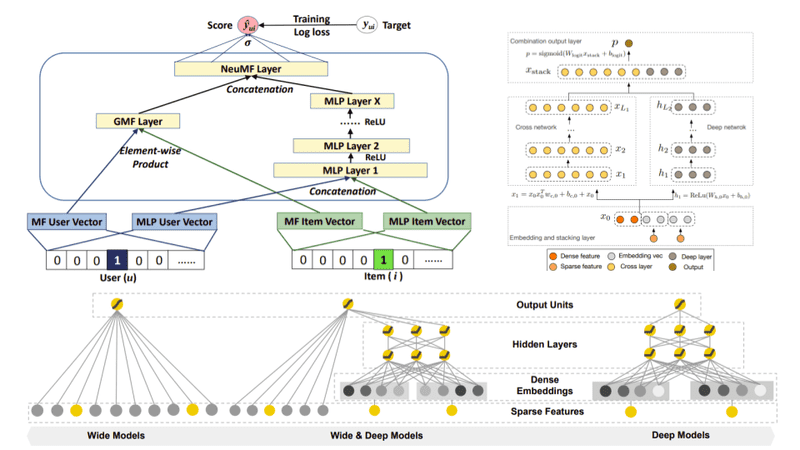
CINCINNATI (WKRC) – It’s artificial intelligence, but Apple calls it “Apple Intelligence,” and it soon will come to an iPhone near you.
But some tech experts have suggested it comes with cybersecurity concerns, and as local tech expert Dave Hatter tells Local 12, from what he sees in the Apple AI unveiling, the good outweighs the bad.
Apple’s upcoming iOS update includes a deep dive into artificial intelligence, where users will be able to use AI to summarize and edit emails, notes, and more.
“There are concerns about: if I put my data into their cloud, who has access to that data?” Hatter said.
But Hatter clarified that Apple will not be able to access that data and sell it to third parties.
“A large component of the AI capabilities will be based on your phone, and the processing will take place on your phone. So, Apple wouldn’t have access to that information,” said Hatter.
In Apple’s unveiling, the company described using AI in apps like Mail to allow for priority messages to remain at the top of the screen, and the same goes for notifications. If you’re using Notes or on the phone, users will have access to recording, transcribing, and summarizing audio, and Siri will soon have access to AI as well.
“You could talk to it and do multiple things at one time. They’ve added AI image abilities to it,” Hatter said.
There are concerns beyond just how data could be used, as deep-fake videos and voice cloning have popped up across social media as AI has become more prevalent. Some experts said that laws or enforcement strategies will only work so well and suggest creating social contracts to clamp down on misuse.
“We just need to set societal norms,” said Alex Kotran, CEO of A.I. Education Project. “It shouldn’t be so taboo to create a deep-fake of somebody, even if they’re not nude, like, ‘Oh, hey, I created a deep-fake of my teacher.’ The reaction should be, ‘Oh my God, did you ask permission? That’s so weird, I wouldn’t show that to anybody else!’ And we’re not quite there, we’re still in the experimentation phase.”



